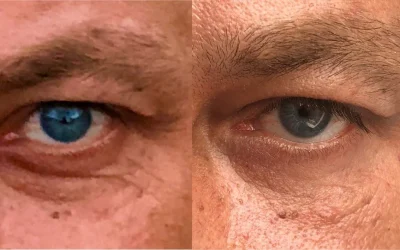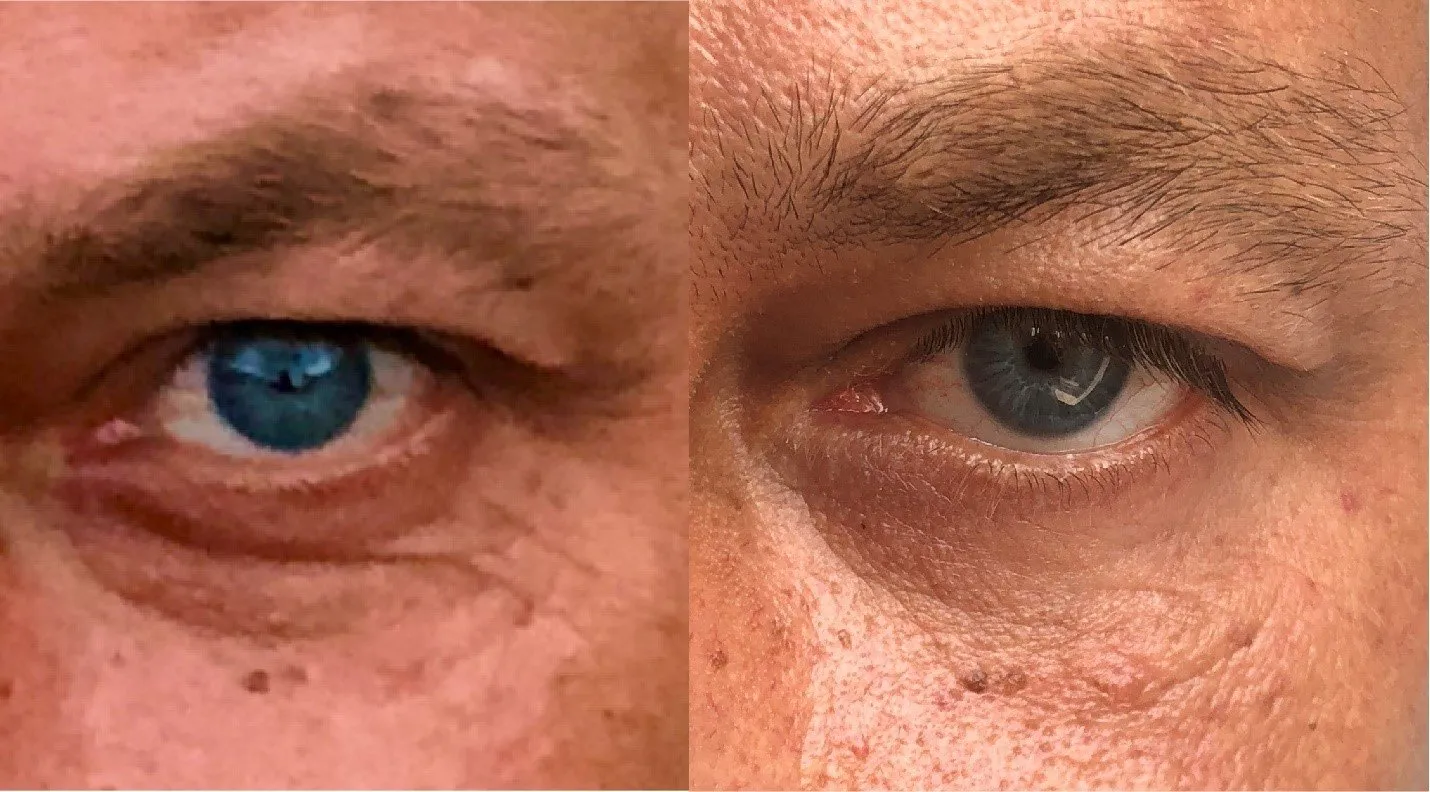Samsung Fastcompany Jaeyeon Jung Galaxy Smartthings

Samsung Fast Company Jaeyeon Jung Galaxy SmartThings
Jaeyeon Jung, VP of Samsung Fast Company talks about the latest innovations in SmartThings. He explains why these new features and services are important to help you track and find the things that matter most to you.
The SmartThings platform is one of the most open in the world, with hundreds of certified brands and millions of users connecting devices to it daily to automate facets of their smart homes. Now, Samsung is bringing a new standard to its ecosystem called Matter. In this article, we will discuss about Samsung Fastcompany Jaeyeon Jung Galaxy Smartthings.
SmartThings Find
Samsung is launching a new device-search feature called SmartThings Find that makes it easier to track down lost Galaxy devices, from smartphones to earbuds. The service works on Android 8.0 or later and uses Bluetooth Low Energy (BLE) and ultra-wideband (UWB) technologies to locate missing Galaxy devices, even when they are offline.
The new service is available on both the SmartThings app and the Samsung Home app, and will begin rolling out to users in select markets starting today. After a quick registration process, users can use the service to locate their Samsung devices from phones and tablets to watches and earbuds.
In addition, Samsung will also make it easier for people to onboard Matter-compatible devices into their SmartThings and Google Home ecosystems. That’s a key benefit of Matter, which is a new universal protocol that supports all the major smart home platforms like Amazon, Apple, Google and Samsung.
One of the biggest challenges in getting more people to adopt smart home devices is that many people don’t know how to install or configure them. That’s why the new Samsung SmartThings Station aims to solve that issue with a few simple functions.
When you plug the SmartThings Station into your home’s Wi-Fi network, a series of pop-up messages will appear on your phone to help you set up the device. You can then add your Matter-compatible devices to the system and start using them right away.
If you’re using a Galaxy phone, the Station will automatically send pop-ups to your devices that show how to configure them and connect them with the Station. Once you’re done, your smart devices will be able to keep tabs on your home with Samsung’s SmartThings Find, which will alert you if a device leaves its designated area.
But it’s not just that: Jung points to the company’s SmartThings Home Life services, which are designed to group smart home functions into energy management, cooking, pet care and air quality to provide actionable advice. She says the company plans to support more devices in these services in the future.
Multi-admin support
Multi-admin support is a feature that lets devices work across multiple platforms, apps and ecosystems. It’s a feature that’s particularly useful for households that share their smart home devices and want to keep them synced to one another.
The multi-admin feature, which is still in public preview, allows different users to have permissions to manage their own sign ups through a single premium account. This means that, for example, a booster club could assign coaches and team parents permissions to manage their sign ups while a class parent would be able to do the same for the classroom.
With the help of this feature, a user can also create a unified Thread network in their house that connects all of their connected devices to each other. This way, they can easily control their smart home devices from any of the platforms that support Matter, and they can also access all of the benefits of a unified Thread network, such as faster setup and better reliability through wider coverage.
Samsung is also collaborating with Google on this feature, and it will soon allow Matter-enabled devices to be added to the SmartThings and Google Home interfaces. This allows users to use their Galaxy phones or tablets to onboard Matter-compatible devices to both ecosystems.
This feature makes it easier for users to set up their home automation system and automate pre-set routines that make life at home more convenient. It also helps to save energy by automatically switching off lights and appliances when no one is around.
For those who don’t have smart home hubs yet, Samsung is launching its own device, the SmartThings Station, at CES 2019. It’s a smart home hub that will work with all smart devices running on the Samsung SmartThings platform and will be available worldwide in early 2023.
The SmartThings Station has a big button that’s supposed to act as a central hub for all of your devices. It’s also designed to be easy to use, with pop-up messages that guide you through the connection process. You can even onboard devices through a simple scan of a QR code with your smartphone camera.
Easy setup
As the smart home market grows, users need simple, interoperable and dependable ways to connect a larger number of devices. Samsung is delivering on this with its affordable, easy-to-use smart home hub and fast charging pad, SmartThings Station.
This hub helps multiple devices, such as thermostats, lighting and power outlets, seamlessly interconnect with other devices connected to a SmartThings server. It also makes it simple to automate pre-set routines created via the SmartThings app without requiring users to control each device manually.
The device is also integrated with Samsung’s SmartThings Find, a rapidly growing asset tracking service. It helps consumers to find misplaced devices, such as phones and other Galaxy devices containing a Galaxy SmartTag or SmartTag Plus.
SmartThings Station will automatically scan for a user’s registered devices, including smartphones, tablets, watches and earbuds to personal belongings such as keys or wallets that are attached to a Galaxy SmartTag or SmartTag Plus. When a device leaves the vicinity, an alert will be sent to the user’s smartphone and the device will tell them where it is.
Consumers can set up routines by triggering the Smart Button on the device with short press, long press or double press activations. These routines can be activated via the SmartThings app whether users are at home or away.
For those who want to add more functionality, SmartThings Station can be paired with an Amazon Echo or Alexa voice assistant, allowing users to access the device’s smarts features with their voice command. It also supports Samsung’s Shop-Igniter application, which continuously communicates with Cosmic System SmartTags to provide continuous item data on neighboring objects and progress.
In a recent interview, Samsung’s vice president of hardware and head of mobile experience business Jaeyeon Jung confirmed that all current v2 and v3 SmartThings hubs will get Matter support this month and the company is planning to upgrade its software-based SmartThings hubs built into newer smart TVs, monitors, and Family Hub fridges in the future. This will make it easier for users to set up Matter-enabled devices with both systems, and will help them make the most of the new feature.
Single button
Samsung fastcompany jaeyeon jung galaxy smartthings has taken the concept of a button and reimagined it to serve as the hub of all your connected devices. Not only does it offer a single point of access to your smart home, it can also double as a wireless charger. The device can trigger routines using a short press, long press or double press activation and integrates with Samsung’s item-tracking SmartThings Find feature.
To get the most out of your smart home, users need simple, reliable and dependable ways to connect all the different kinds of devices that make up their ecosystem. This is something that Samsung has always aimed to achieve through its software-based smart home hubs, which can be found in everything from its TVs and monitors to its Family Hub fridges.
For the first time, however, Samsung is taking things one step further by integrating its popular Matter platform into its smart hubs. During the Samsung developer conference keynote this week, Mark Benson announced that the SmartThings hubs will be updated to support Matter devices over-the-air in the coming months.
In the meantime, the company is also making sure its existing SmartThings v2 and v3 hubs can handle the latest version of the Matter protocol as well. This will mean that users can use the same controllers to control the lights, locks and sensors they’re already familiar with in their own apps and even in newer devices such as the Family Hub fridge.
This will be an exciting time for Samsung as it continues to build out its own smart home hubs and introduce a whole slew of devices to the smart home market. While Samsung has made a name for itself by releasing some of the most advanced gadgets in the industry, it still wants to make the experience as easy as possible for its users. It hopes that with the right products, people will be more willing to buy into their smart home ecosystem and that, in turn, they’ll be able to keep improving it over time.











